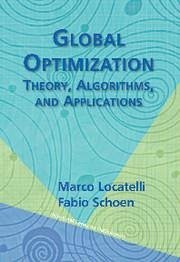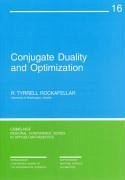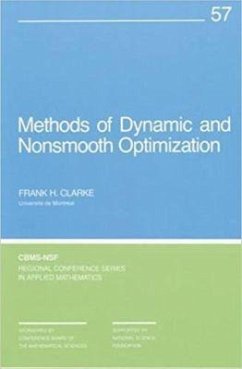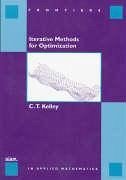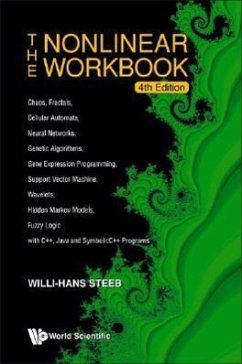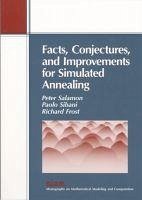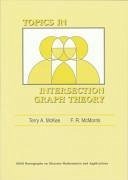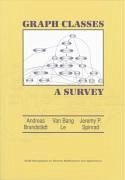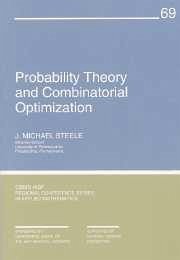
Probability Theory and Combinatorial Optimization
Versandkostenfrei!
Versandfertig in über 4 Wochen
51,99 €
inkl. MwSt.

PAYBACK Punkte
26 °P sammeln!
Provides an introduction to the state of the art of the probability theory that is most directly applicable to combinatorial optimization. Much attention is paid to those questions dealing with discrete optimization problems for points in Euclidean space, such as the minimum spanning tree, the travelling-salesman tour, and minimal-length matchings.



